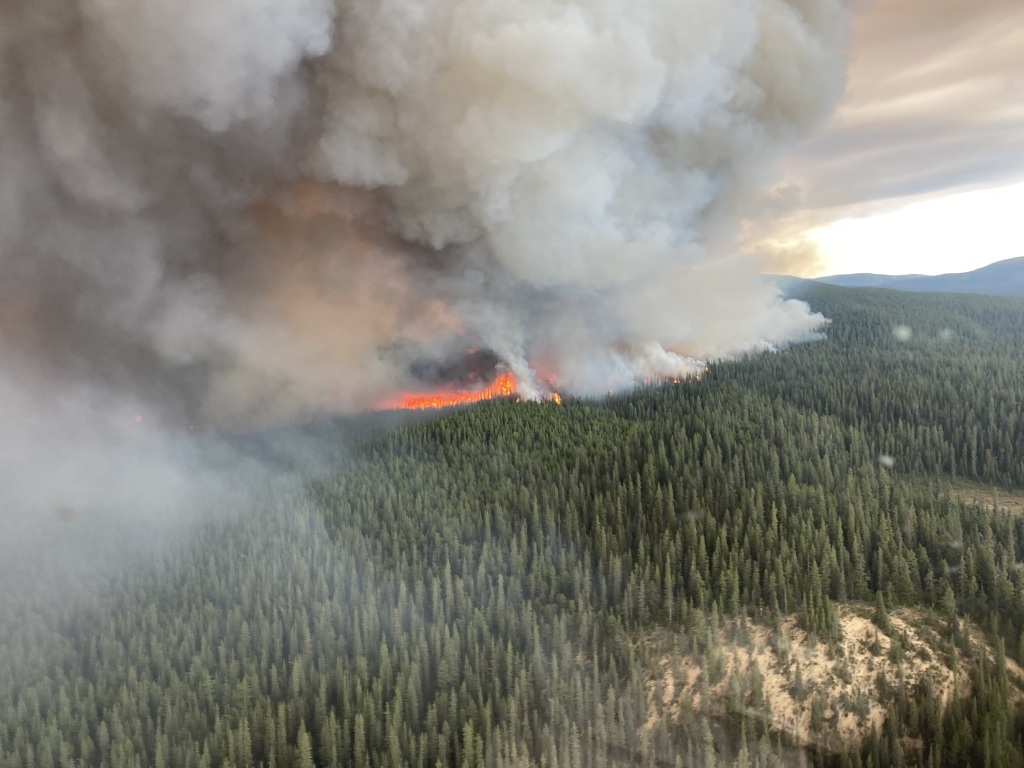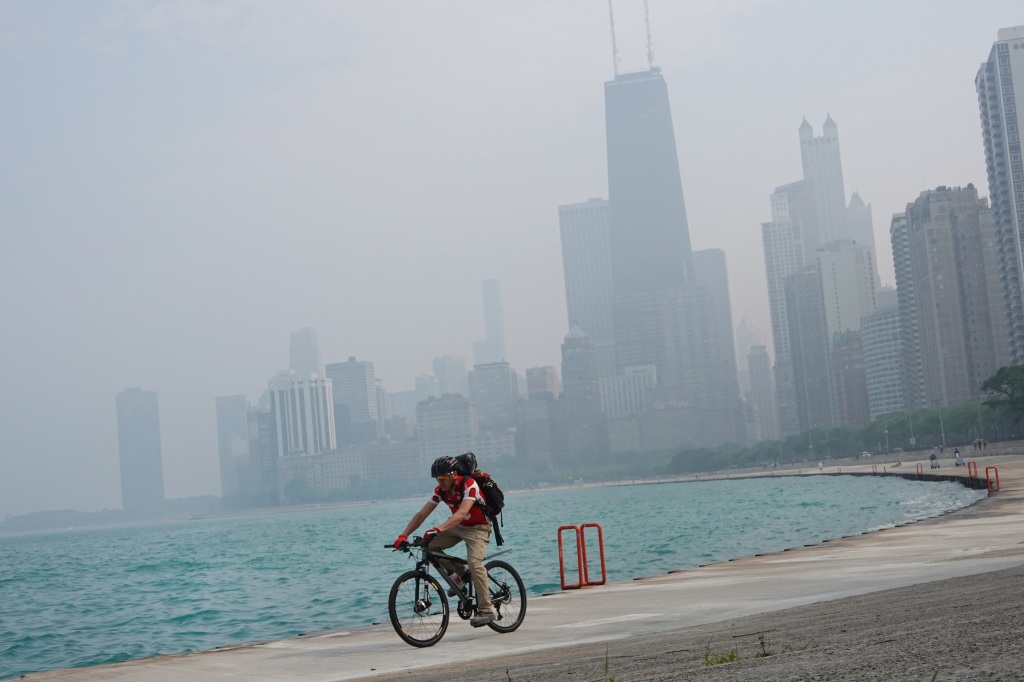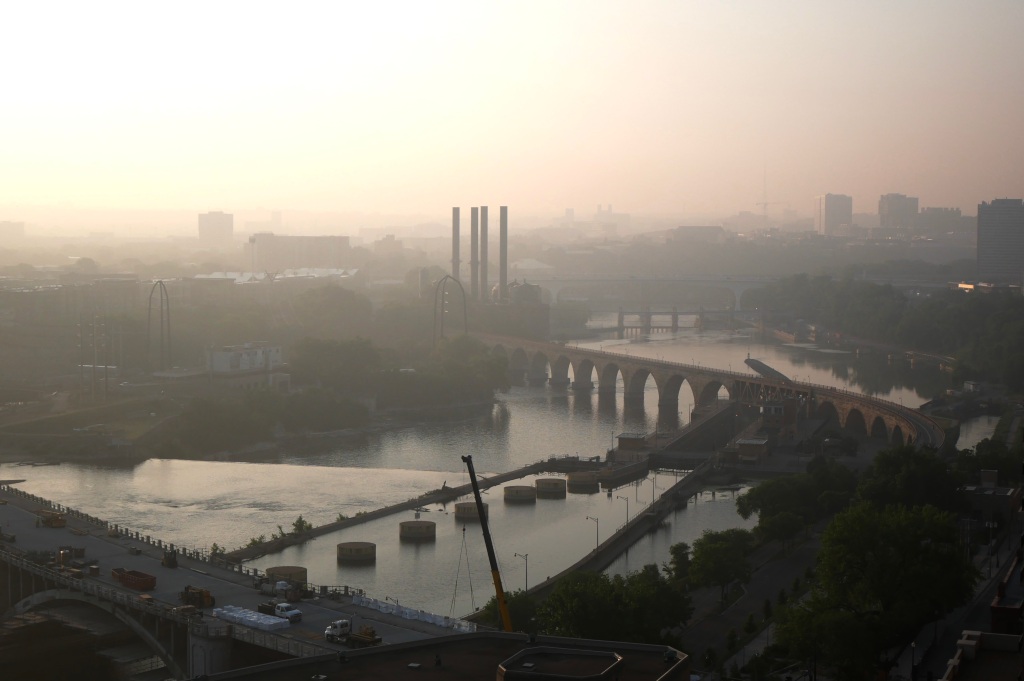US under air quality alerts ahead of smoke impacts from Canadian wildfires
Smoke from wildfires burning in western Canada is making a return to the US, with air quality alerts issued for communities in the Upper Midwest to start the weekend.
Hundreds of wildfires continue to burn north of the US-Canada border, but the positions of weather systems over the next few days will help usher in a new round of smoke that could impact Montana, the Dakotas, Minnesota and reach as far south as Nebraska and Iowa.
The Minnesota Pollution Control Agency said it expects the Air Quality Index to reach at least a value of 100, which will make the air unhealthy on Friday and Saturday.
The AQI ranges from 0 to 500, with smaller values indicating cleaner air and any reading above 300 being hazardous.
The agency warns people with asthma, heart disease, and the young and old might experience sensitivities with the latest bout of smoke.
Forecast models show smoke thickening through Friday over the Plains and Upper Midwest before pushing off to the east and possibly impacting the air quality around the Great Lakes on Saturday and Sunday.
Smoke from wildfires in June engulfed major cities along the Interstate 95 corridor, which made for hazy skies and reduced visibilities.

Air quality readings reached hazardous levels in Philadelphia, New York and other communities downwind of fires burning in Quebec.
Major outdoor events, including several Major League Baseball games, were postponed due to the risk health officials said existed with prolonged exposure.
An unusually dry start to the year and a significant heat wave has led to more than 3,400 fires across Canada, according to a government dashboard.
Across the country, wildfires have destroyed nearly 22 million acres, which is about the size of Indiana.


Firefighters from around a dozen countries are working to try to help contain the blazes in what has been deemed the country’s worst fire season on record.
An increase in thunderstorms has brought drought relief to some provinces, but the Canadian Interagency Forest Fire Centre said lightning has triggered hundreds of new blazes.
The FOX Forecast Center said due to prevailing weather patterns, the Northeast is not expected to see a heavy layer of smoke during the next several days.
Read the full article Here


